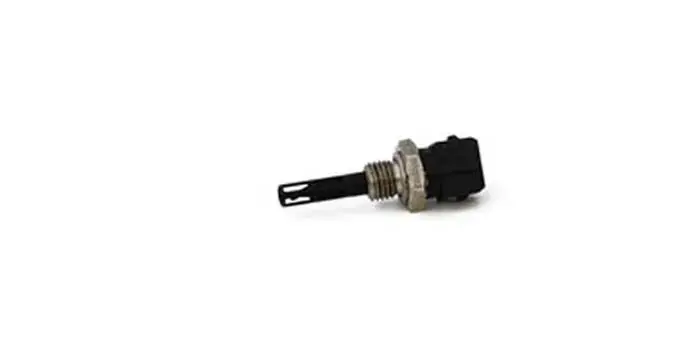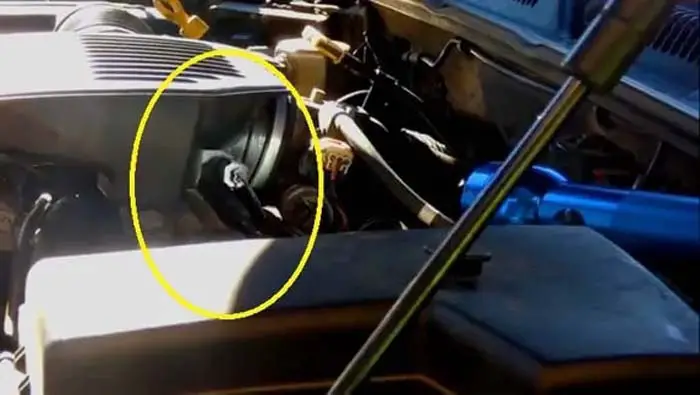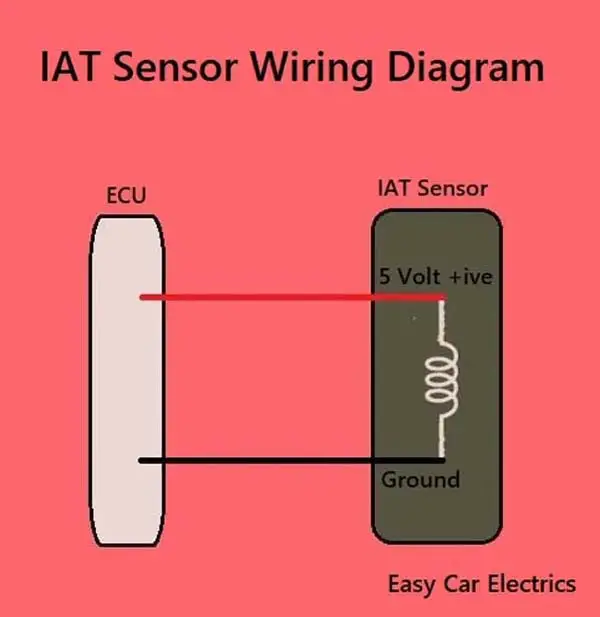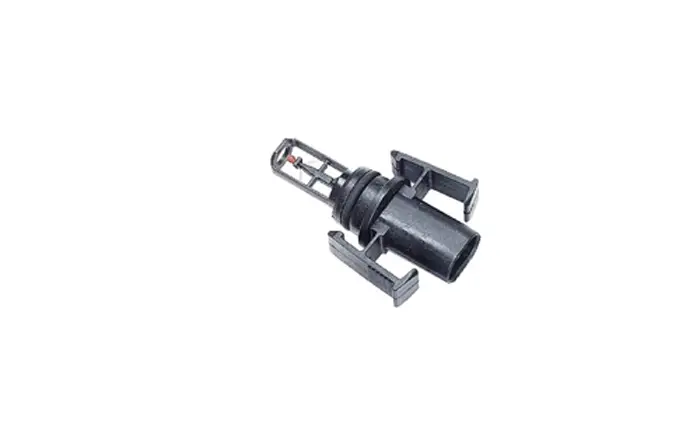
The Intake Air Temperature (IAT) Sensor is an important component of the engine that allows it to function efficiently. It is responsible for detecting the temperature of the air entering the engine and relaying this information to the ECU. The Electronic Control Unit (ECU) uses this information to adjust the air-fuel ratio, spark timing, and other engine parameters. By monitoring engine temperature, the IAT helps maximize fuel economy and reduce emissions. The IAT can be found in most modern vehicles and is essential for a properly functioning engine.
If you’re a car enthusiast or a DIYer, you may have wondered what would happen if the intake air temperature (IAT) sensor is disconnected. In this blog post, we’ll look at the potential consequences of disconnecting the IAT sensor and explain how it works.
What Would Happen if the Intake Air Temperature Sensor is Disconnected
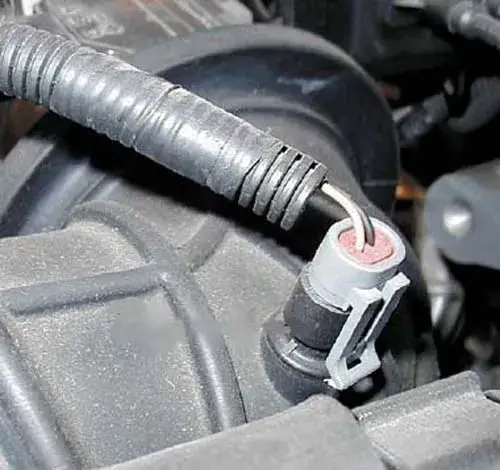
Driving a car without an IAT sensor is typically not advised. If a sensor malfunctions or ceases working, your car may not be able to operate as intended. The sensors are necessary for accurate fuel injection and air/fuel ratio readings. IAT sensor failure is frequently accompanied by engine stalling, rough idling, stumbling, and sporadic surges of power. These symptoms are alarming, and they will only get worse over time.
Any disconnected sensor will cause the ECU to generate an error code, turn on the “Service Engine” light, and enter “limp home mode,” which will cause the engine’s characteristics, such as loss of power and slower running speeds, to deteriorate in order to allow the vehicle to “limp home” or to a dealer for repair.
Never remove a sensor unless you intend to replace it with another. Additionally, avoid trying to trick the sensor with a fixed-value resistor because doing so could make the ECU and gas engine run worse. If you do send it in for maintenance, you may be breaking the warranty and losing access to future maintenance.
In conclusion, If the intake air temperature (IAT) sensor is disconnected, it can cause a variety of problems in your vehicle. The engine could run rough, stall, experience poor acceleration, and have random surges of power. Additionally, the check engine light may turn on and the engine may idle erratically. It is important to never disconnect an IAT sensor unless it is being replaced by another.
Related Post: Intake Air Temperature (IAT) Sensor, How It Works & Function
Sign Up

